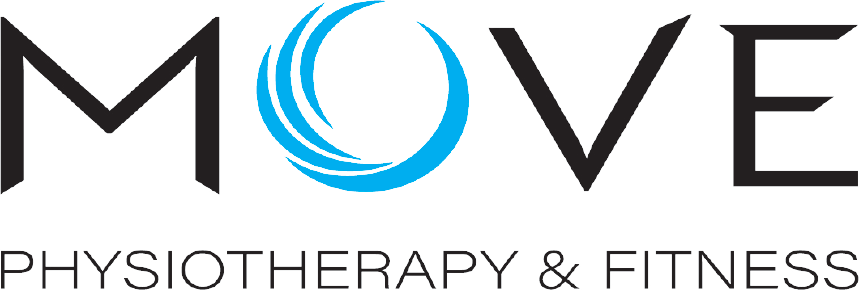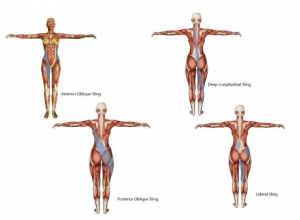- June 25, 2021
- Posted by: Daniel Ryan
- Category: Uncategorized
WHAT ARE SLING SYSTEMS?
A Muscle sling, otherwise known as a myofascial sling, is a connection between muscles, fascia and tendons in the body. This connection helps transfer, apply and absorb load while providing support and stability. The major role of the sling system is to transfer force between our upper and lower body while maintain stability through our torso (core). There are 4 different sling systems in the body that work with certain muscles in synergy to ensure our bodies move in the most efficient way.
TYPES:
- Anterior Oblique Sling (AOS)
-
- Consists of external and internal obliques (core muscles), and the opposing adductor muscles in your leg.
- This sling has a role in accelerating and decelerating the body during sport-specific movements including change of direction and providing stability at the pelvis.
- Deep Longitudinal Sling (DLS)
-
- Consists of Erector Spinae, multifidus (main back muscles), thoracolumbar fascia (TFL), the sacro-tuberous ligament and bicep femoris (hamstring muscle)
- It connects lower back muscles, hamstrings and SIJ ligaments in the pelvis to keep the SIJ (sacroiliac joint) stable and supported.
- Recurrent hamstring strains and lower back pain have asymmetries with this system.
- Posterior Oblique Sling (POS)
-
- Consists of Latissiums dorsi, the opposing gluteus maximus and the thoracolumbar fascia (TFL)
- helps to stabilise the pelvis, sacroiliac joint and low back and control torso rotation and hip and shoulder flexion. This allows it to distribute load between the lower extremities, spine, and upper extremities evenly.
- Lateral Sling (LS)
-
-
- consists of the gluteus medius and minimus, TFL, ipsilateral adductors and contralateral quadratus lumborum.
- This sling acts to stabilise the pelvis when standing on 1 leg and help pro
pel the body into sideways movement.
-
We are all familiar with the saying “we are only as strong as the weakest link in the chain”.
If there is a weak link then the rest of the chain is overloaded to compensate. If we apply this concept to our body, whereby one sling system is dysfunctional the other components of either that sling or those surrounding will become overloaded, if this overload is prolonged injures can arise. By challenging and strengthening these sling systems, we create well controlled full body movements, avoid overtraining muscles and apply multi directional load to challenge the systems and ultimately improve movement quality and strength through range. Your physiotherapist at Move Physiotherapy can assist you to ensure your rehabilitation involves the right sling and rehabilitation pathway for your injury. Book in now!
By Megan Shine
Physiotherapist and Exercise and Sport Scientist

